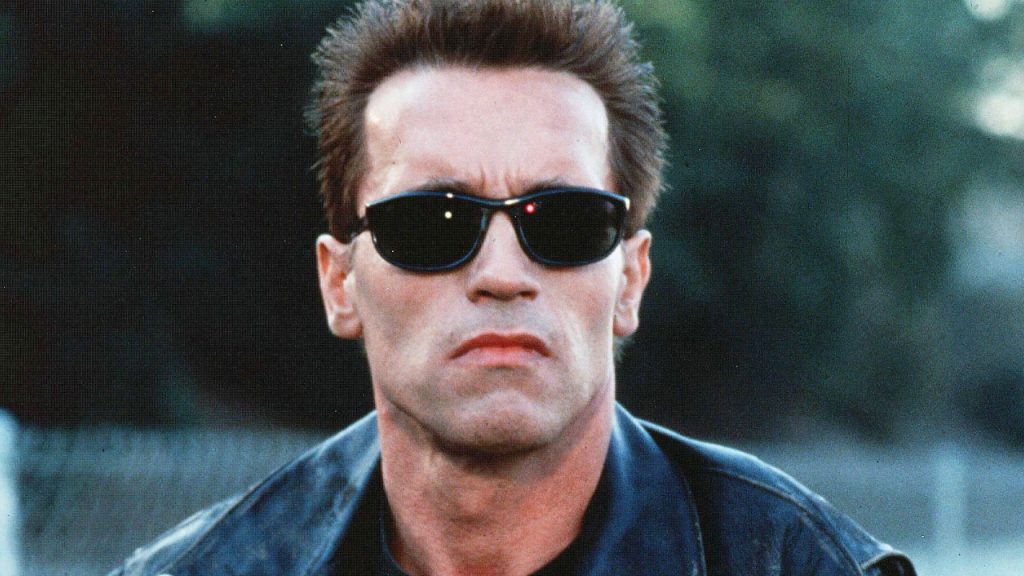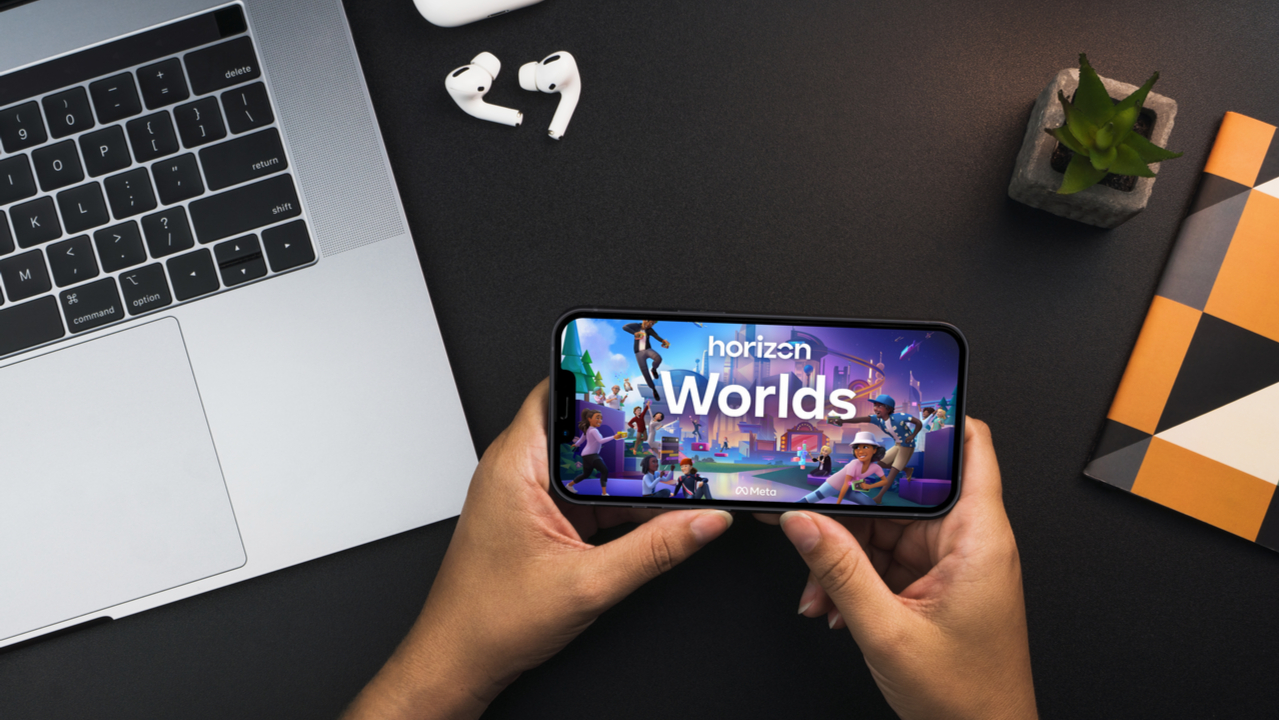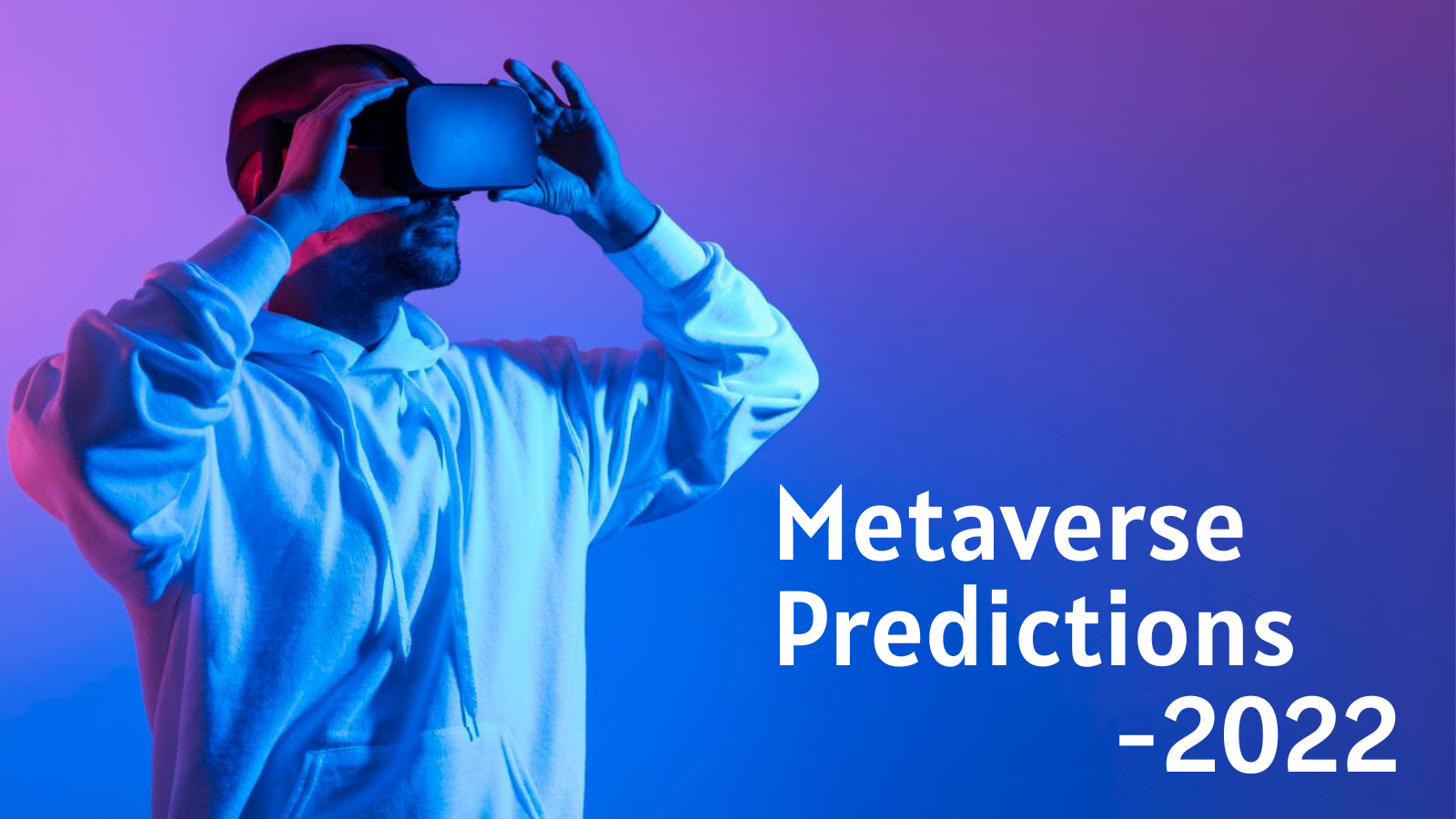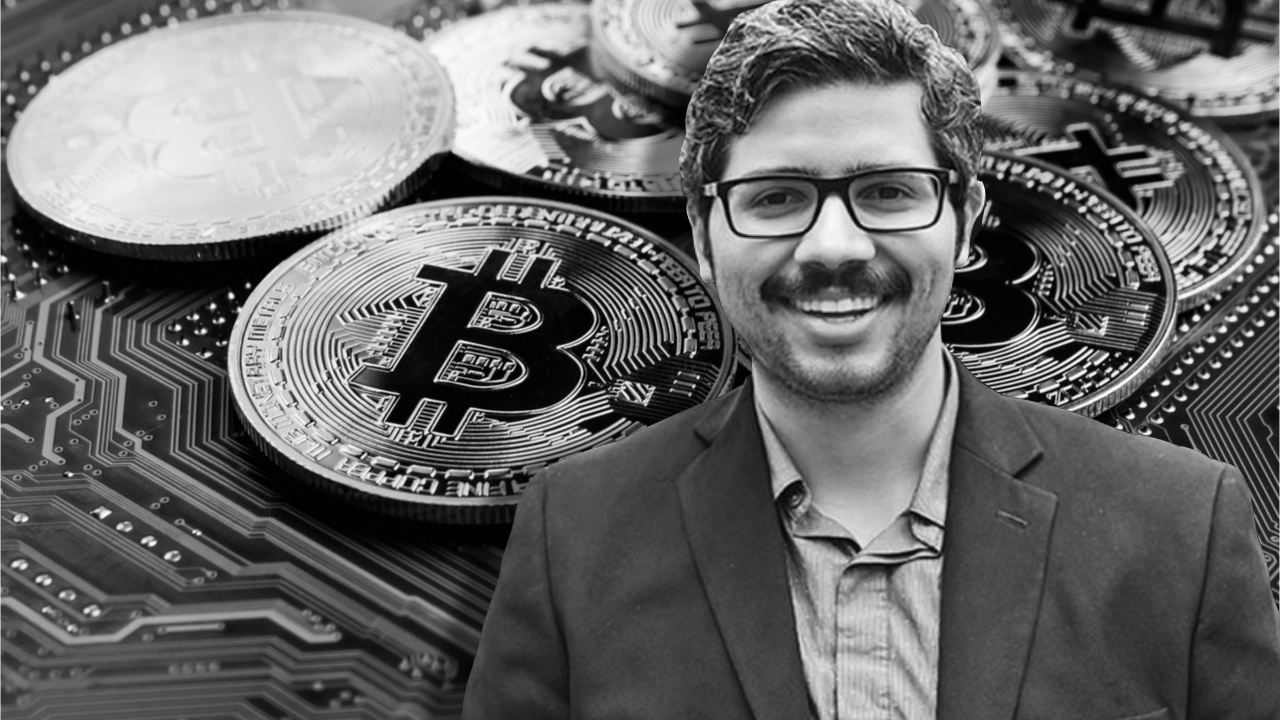Steve Job’s Physical Job Application and Mirror Copy in NFT Form to Faceoff on the Auction Block
Steve Job’s Physical Job Application and Mirror Copy in NFT Form to Faceoff on the Auction Block

In another world-first for the non-fungible token (NFT) space, Steve Job’s handwritten job application letter in its physical form and an accompanying digital NFT of the same item will go head to head in respective auctions.
Auction to Expose How Collectors Value Different Formats
As NFTs continue to push the boundaries of possibilities, whether introducing new, novel use cases for tokenization or adding layers of value propositions to existing physical items, the question of collector preference is set to best tested.
Today, at 9:41 AM Pacific Daylight Time (PDT), Rarible and Snoofa will be hosting simultaneous auctions set to last for seven days featuring Steve Job’s 1973 handwritten job application in two rival formats: the original physical copy and an NFT version. The written application highlights Job’s skills and interests, underlining his experience just a year before moving to Atari, which was then just a startup in the gaming space.
Rarible, an NFT marketplace for creators and collectors to issue, sell, and trade NFTs in the IPFS protocol, ensures that Job’s application minted in NFT format is backed up and cannot be lost during the transfer process between owners. Snoofa, which provides auction platform software solutions, will be handling the auction for the physical version. Interested collectors can bid in ethereum (ETH) via the Rarible platform, and Snoofa will accept both U.S. dollars and ether.
Although physical items and assets can back corresponding NFTs depending on the nature of the NFT, this event marks the first instance where identical digital and physical versions will be competing side-by-side in separate auctions.
The physical version of the application already has an auction history, beginning in 2017 when it was first auctioned in New York for $18,750. Since then, it has changed hands two more times for $174,757 in Boston in 2018. Then it sold again in London in 2021 for $224,750, marking a 1,200% increase in value from the initial sale price.
The question remains whether the digital or physical version will command a higher price tag at auction, serving as a strong barometer of collector demand for these new digital iterations of physical history.
What's Your Reaction?

















